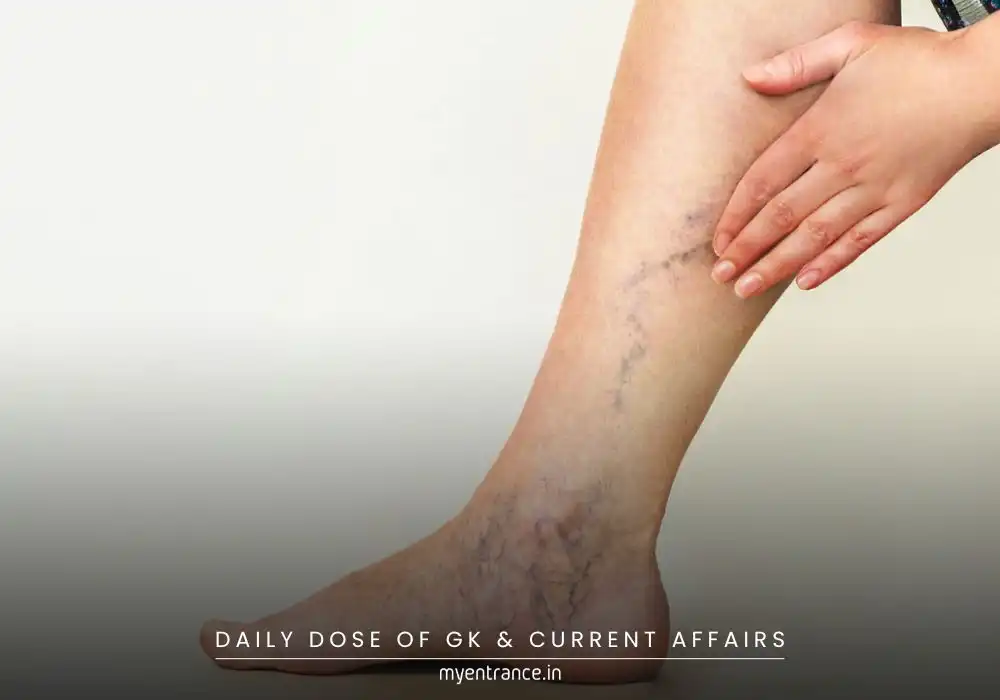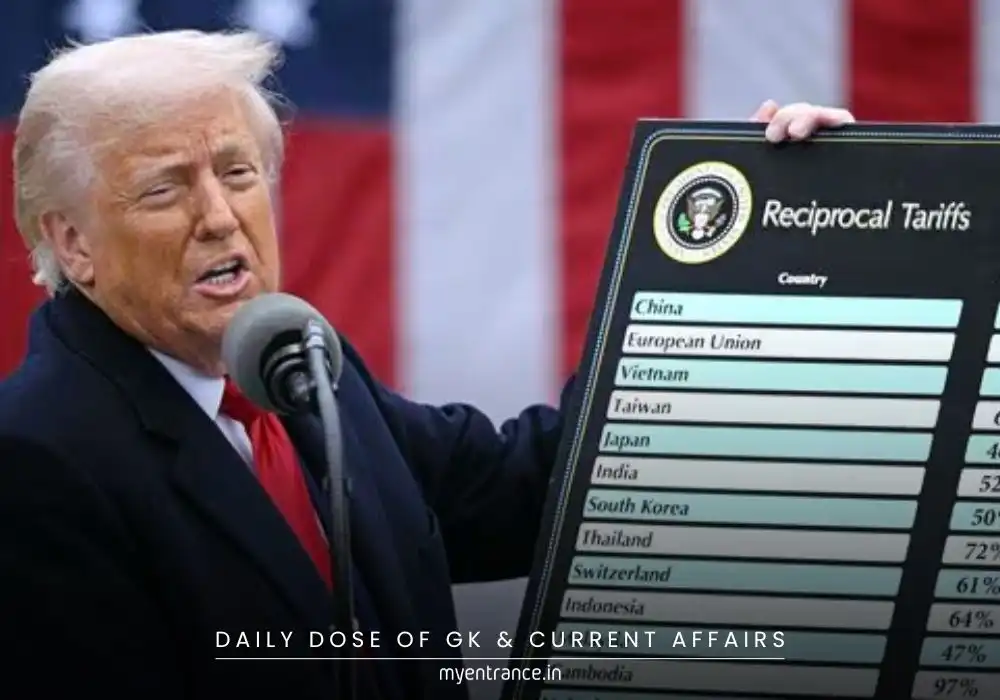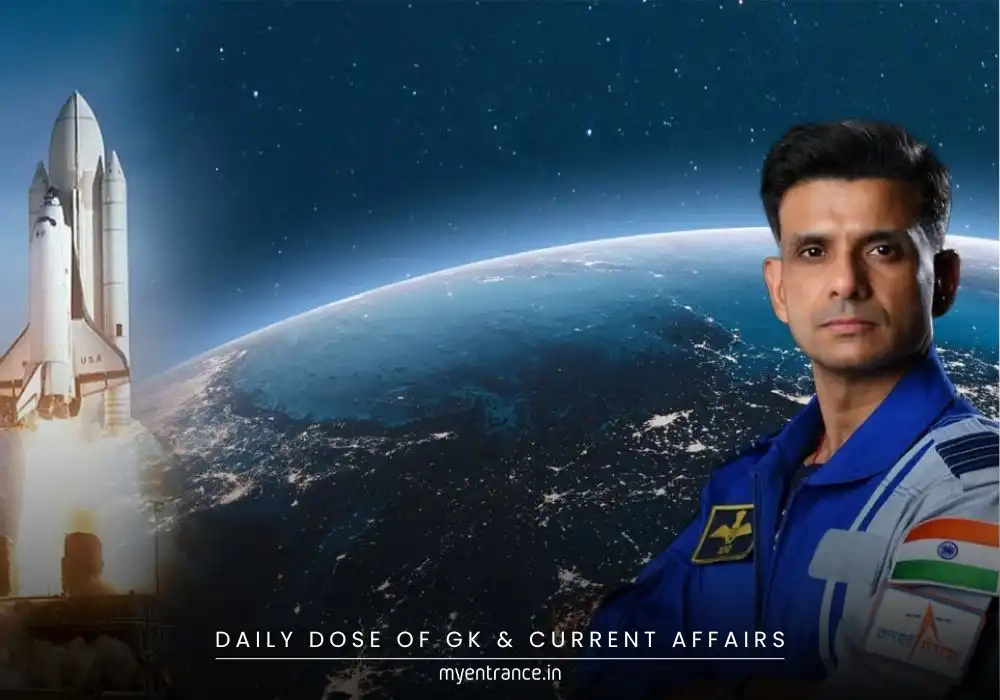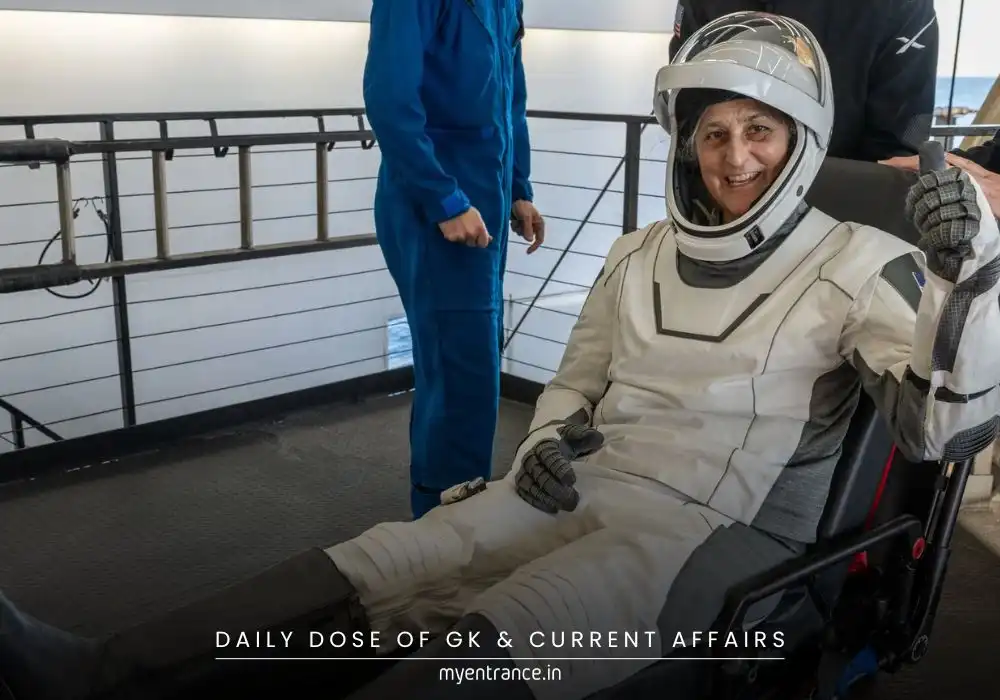Translate Language
Is the World Falling Behind on Sustainable Development Goals? UN Report 2025 Reveals Shocking Trends
The 2025 United Nations Sustainable Development Goals (SDG) Report paints a concerning picture—35% of measurable targets are either stalled or regressing. With just five years left to achieve the 2030 Agenda, critical goals like Zero Hunger, Quality Education, and Clean Water are lagging. The report urges urgent global cooperation and financial reforms to accelerate progress.
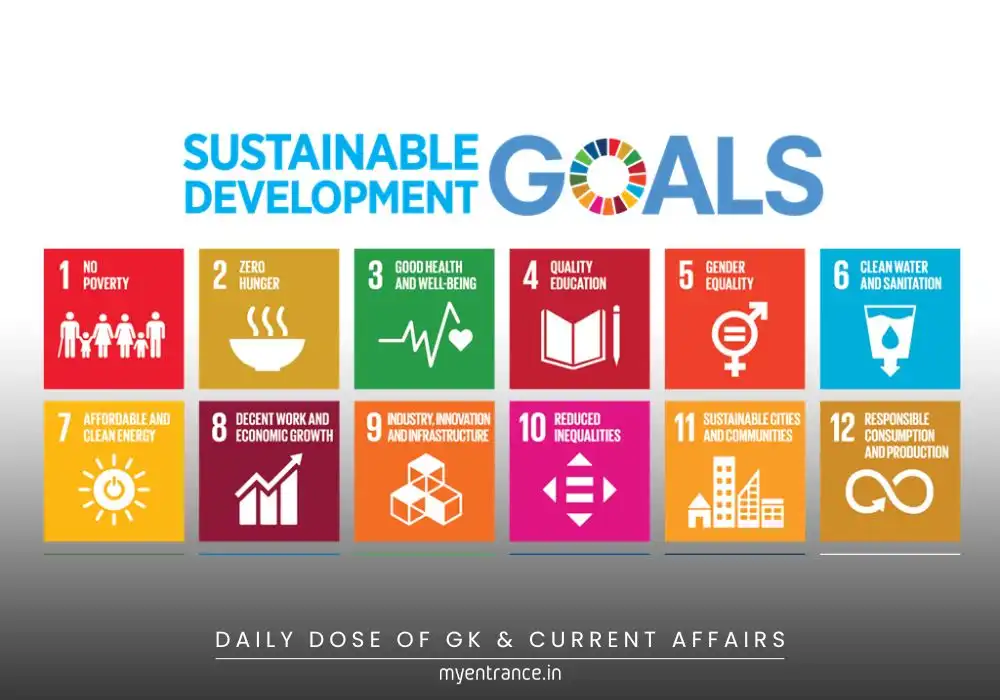
Key Findings from the UN SDG Report 2025
1. Widespread Stagnation in SDG Progress
35% of SDG targets under 14 out of 17 goals have either stalled or moved backward.
The most affected goals include:
SDG2 (Zero Hunger)
SDG4 (Quality Education)
SDG6 (Clean Water & Sanitation)
SDG8 (Decent Work & Economic Growth)
SDG10 (Reduced Inequalities)
Over 50-57% of targets in these areas are off-track.
2. Rising Global Hunger & Food Insecurity
9.1% of the world’s population (up from 7.5% in 2019) suffered from undernourishment in 2023.
Sub-Saharan Africa has the highest hunger rate (23.2%), while Southern Asia has the largest number of hungry people.
2.3 billion people faced moderate or severe food insecurity—an increase of 383 million since 2019.
High food prices persist, especially in Eastern Asia, South-Eastern Asia, and Small Island Developing States.
3. Economic & Employment Challenges
Half of SDG8 targets (Decent Work & Economic Growth) show no progress or decline.
57.8% of workers globally lack social protections (up slightly from previous years).
Youth unemployment remains three times higher than adult rates.
4. Environmental & Health Setbacks
SDG14 (Life Below Water) is the least funded goal, with worsening marine pollution and declining fish stocks.
SDG3 (Good Health & Well-being) sees stagnation in maternal mortality and universal health coverage.
2024 was the hottest year on record, worsening climate-related risks.
5. Some Progress Amidst Challenges
HIV infections dropped by nearly 40% since 2010.
Malaria prevention efforts saved millions of lives.
Social protection coverage expanded to over half the global population.
Yet, 800 million still live in extreme poverty, and billions lack clean water and sanitation.
Why Urgent Action is Needed
The report calls for:
✔ Financial reforms to boost funding for developing nations.
✔ Debt relief & increased multilateral bank lending.
✔ Stronger global cooperation to revive stalled SDGs.
✔ Investments in food systems, clean energy, digital transformation, and climate action.
Sample Questions & Answers for Competitive Exams
Q1: What percentage of SDG targets are stalled or regressing, according to the 2025 UN Report?
A: 35% of measurable SDG targets are either stalled or moving backward.
Q2: Which SDG is the least funded?
A: SDG14 (Life Below Water) receives the least funding.
Q3: How has global hunger changed since 2019?
A: Undernourishment increased from 7.5% (2019) to 9.1% (2023).
Q4: What is the youth unemployment rate compared to adults?
A: Youth unemployment is three times higher than adult unemployment.
Q5: What was a major environmental concern in 2024?
A: 2024 was the hottest year on record, intensifying climate risks.
Why is This Important for Exams?
Competitive exams like UPSC, SSC, PSC, KAS, and other government tests frequently include questions on:
Global development trends
UN Sustainable Development Goals (SDGs)
Current economic, environmental, and health challenges
International reports & indices
Staying updated with reports like the UN SDG 2025 findings helps aspirants tackle essay questions, MCQs, and interviews effectively.
Final Thoughts
The 2025 UN SDG Report is a wake-up call. While some progress exists, urgent action is needed to meet the 2030 targets. For exam aspirants, understanding these trends is crucial for current affairs preparation.
Stay informed, stay ahead!
Get 3 Months Free Access for SSC, PSC, NIFT & NID
Boost your exam prep!
Use offer code WELCOME28 to get 3 months free subscription. Start preparing today!






